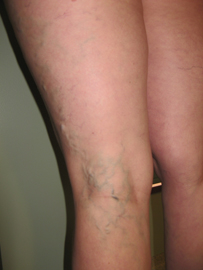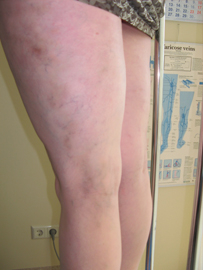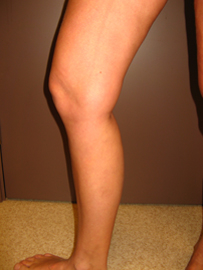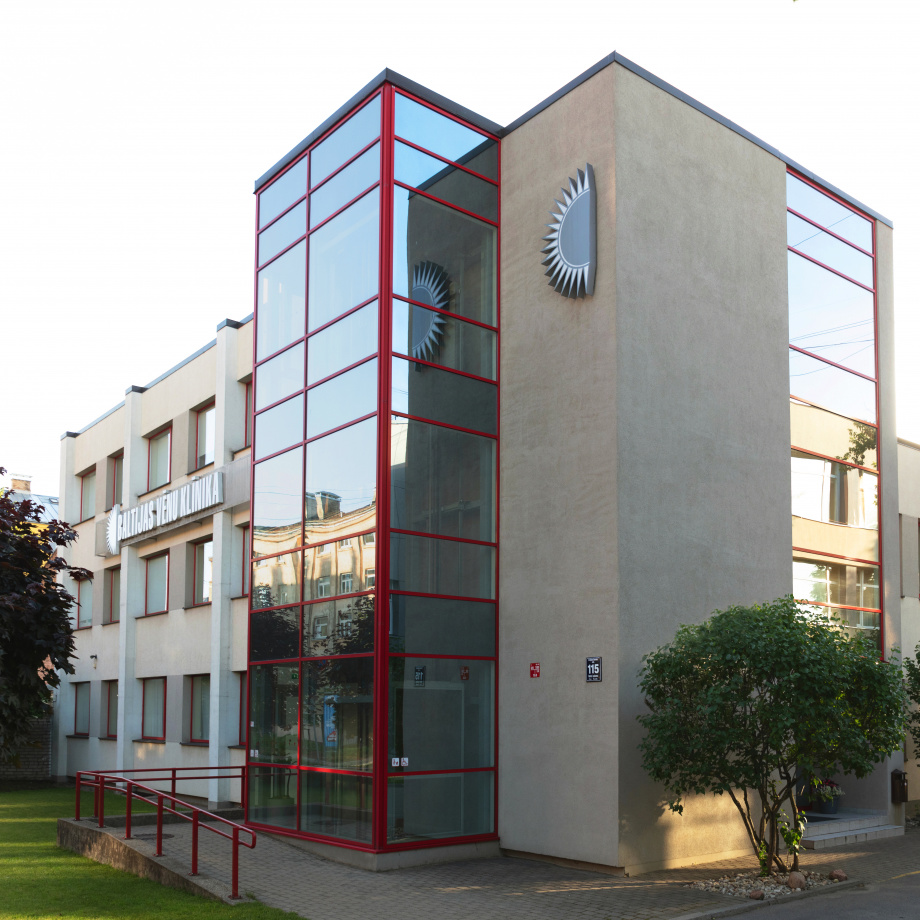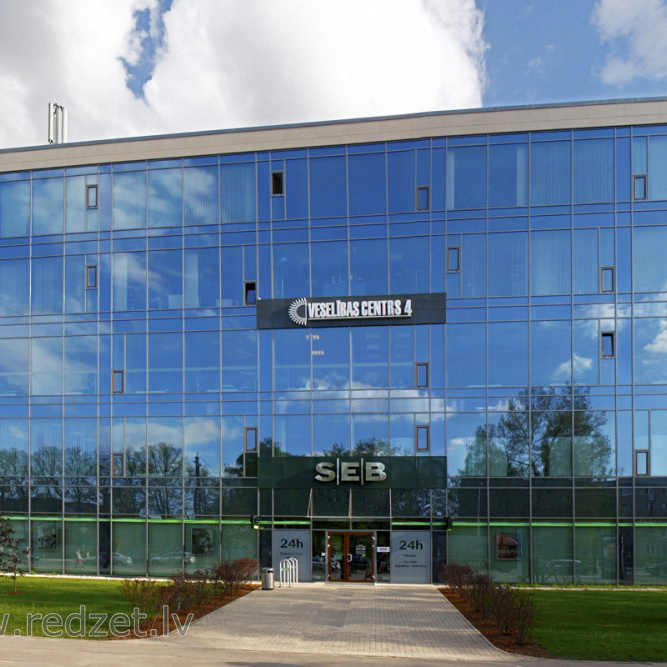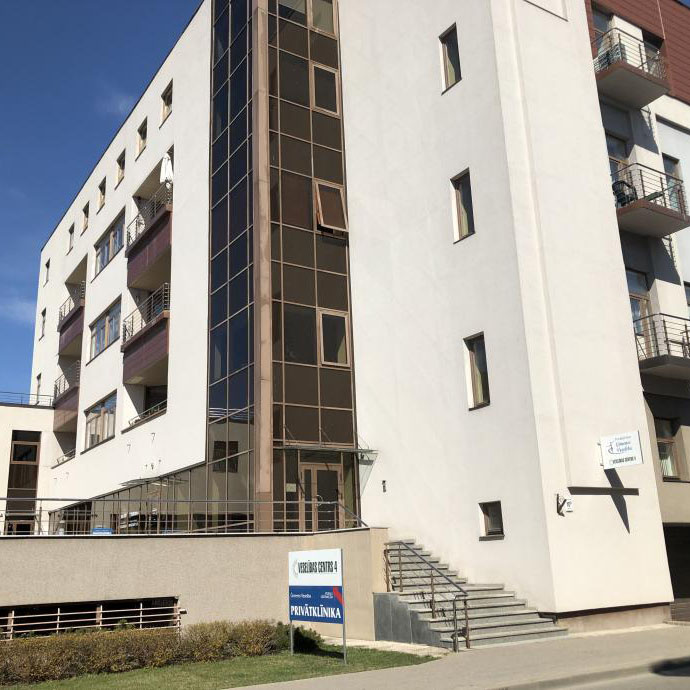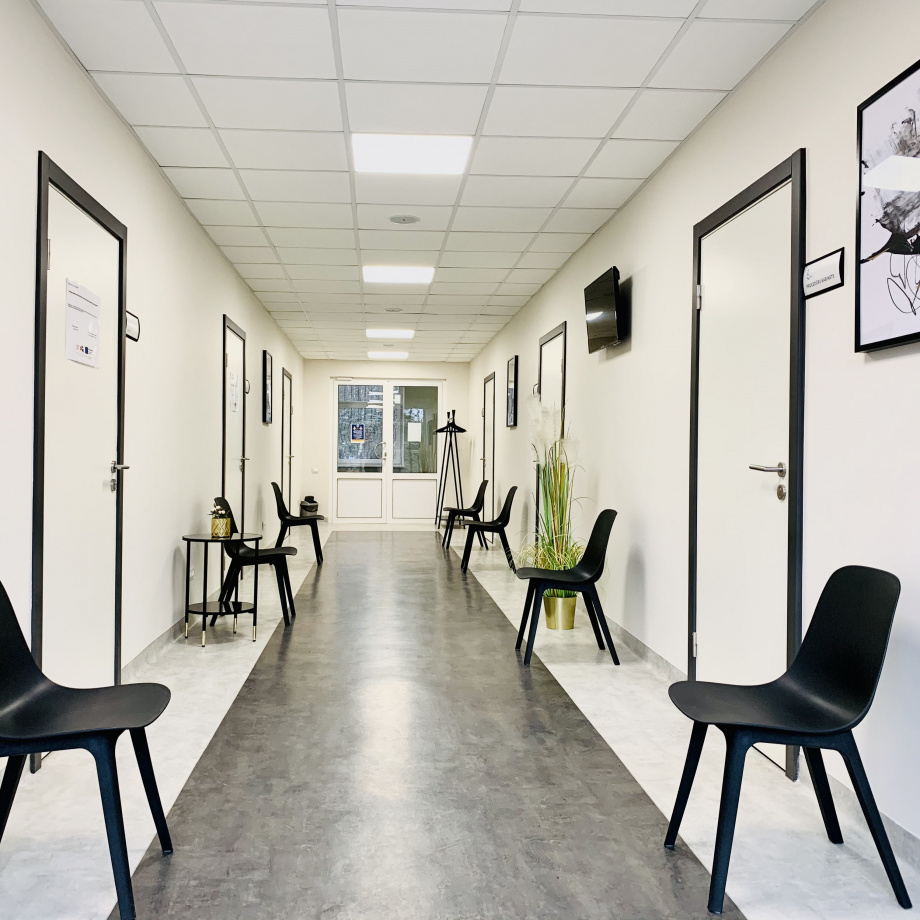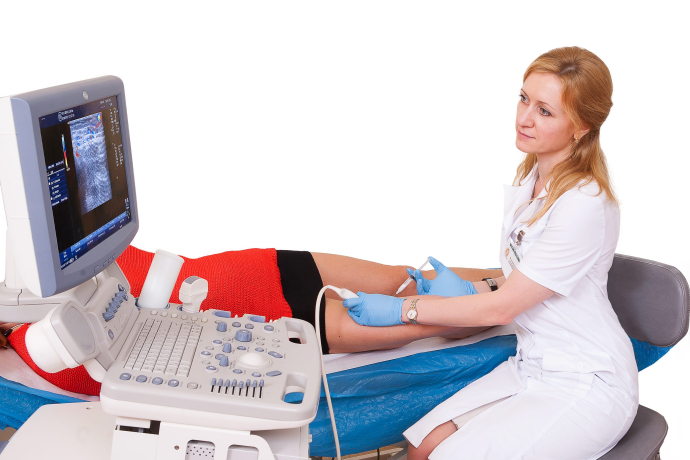
Sclerotherapy
A sclerosant is applied either as a foam or as a liquid depending on the diameter of the damaged vein. The advantage of foam sclerotherapy is that the foam completely fills the damaged area of the blood vessel, coming into maximum contact with its walls, so the effect is much stronger.
Application of sclerotherapy
Foam sclerotherapy can close the main veins, but it is not comparable to other endovenous treatments. Some people mistakenly think of sclerotherapy an “adhesive" for veins, but sclerotherapy is not the equivalent of bioadhesive. A bioadhesive makes the vein shrink and close. The effect is instantaneous. Sclerotherapy has a chemical effect on the inner layer of the vein, eventually making the vein to close.
Foam or liquid sclerotherapy is used for superficial vein closure and demonstrates excellent results, but it is not considered a completely accurate method in the treatment of main veins (complete closure of the main vein is achieved in 65-75% of cases), unlike endovenous surgery techniques such as laser vein surgery, steam surgery, radiofrequency surgery and bioadhesive.
Liquid sclerotherapy is mostly used to close small venous capillaries. A special halogen lamp – Veinlite transilluminator – is used to ensure a more precise drug injection, if necessary.
ADVANTAGES OF THE TECHNIQUE
The treatment lasts approximately 30 minutes, and after the procedure the patient must wear compression stockings prescribed by doctor for 14–20 days. The patient can resume normal life, but should avoid hot bath, sauna and preferably travels by plane.
There is a myth that the damaged vein regenerates after sclerotherapy. This is wrong, as this blood vessel is unable to regenerate, but of course other diseased veins may appear later.
Before
After
Video - Foam sclerotherapy - Dr. Ints Ūdris






